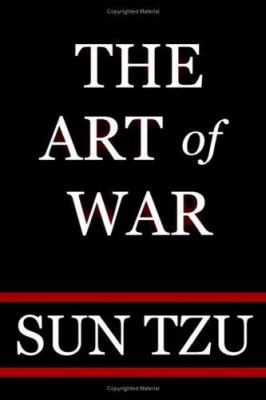Fairy Tales from New Guinea
Select Format
Select Condition 
Book Overview
Fairy Tales from New Guinea is a collection of ten fantasy tales from the highlands of Papua New Guinea. Filled with magic, passion, love, and courage, this book is sure to inspire imagination of readers of all ages.
Format:Paperback
Language:English
ISBN:1570751129
ISBN13:9781570751127
Release Date:January 1997
Publisher:Orbis Books
Length:171 Pages
Weight:0.84 lbs.
Dimensions:0.6" x 6.0" x 9.3"
Customer Reviews
5 customer ratings | 5 reviews
There are currently no reviews. Be the first to review this work.





















